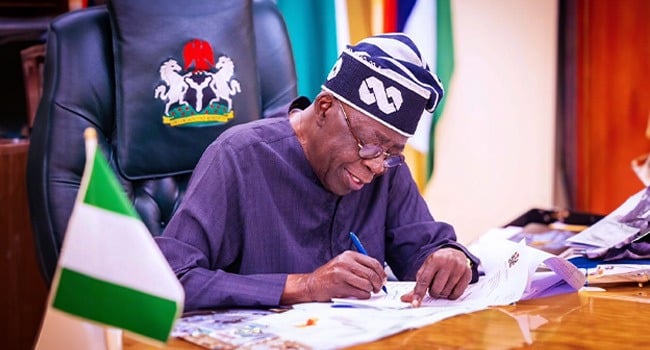
President Bola Tinubu will on October 8 commission the $400 million Otakikpo Onshore Crude Oil Export Terminal in Rivers State, marking Nigeria’s first new crude export facility in more than five decades.
The terminal, developed by Green Energy International Limited (GEIL), operators of the Otakikpo field in OML 11, Ikuru town, Andoni Local Government Area, is the first wholly indigenous onshore terminal in the country since the commissioning of the Forcados Terminal in 1971.
The inauguration is expected to draw top government officials, including the Minister of State for Petroleum (Oil), Senator Heineken Lokpobiri, Rivers State Governor, Siminalayi Fubara, as well as key industry stakeholders.
According to a statement by GEIL’s Executive Director of Legal and Corporate Services, Olusegun Ilori, the terminal is in line with President Tinubu’s agenda to boost crude oil output and tackle evacuation bottlenecks that have long hampered Nigeria’s production capacity.
“This project is a strategic infrastructure that supports the administration’s commitment to raising output while reducing costs,” Ilori said.
With an initial storage capacity of 750,000 barrels, expandable to three million barrels, and a loading capacity of 360,000 barrels per day, the facility is expected to significantly reduce production costs for indigenous producers. It is also designed to serve as an evacuation outlet for more than 40 stranded oil fields, unlocking millions of barrels of crude previously trapped due to inadequate infrastructure.
GEIL’s Chairman and Chief Executive, Professor Anthony Adegbulugbe, described the project as a “game-changing national infrastructure.”
“What we have achieved here is not just a storage solution, but a pathway for about 40 stranded oil fields to finally contribute to the economy,” he said.
Industry experts have long identified evacuation challenges as one of the major obstacles to achieving the Federal Government’s target of three million barrels per day.
The commissioning of the Otakikpo terminal comes amid renewed government efforts to revive investor confidence in the oil sector, which has faced persistent setbacks from pipeline vandalism, oil theft, declining production, and rising operational costs.


